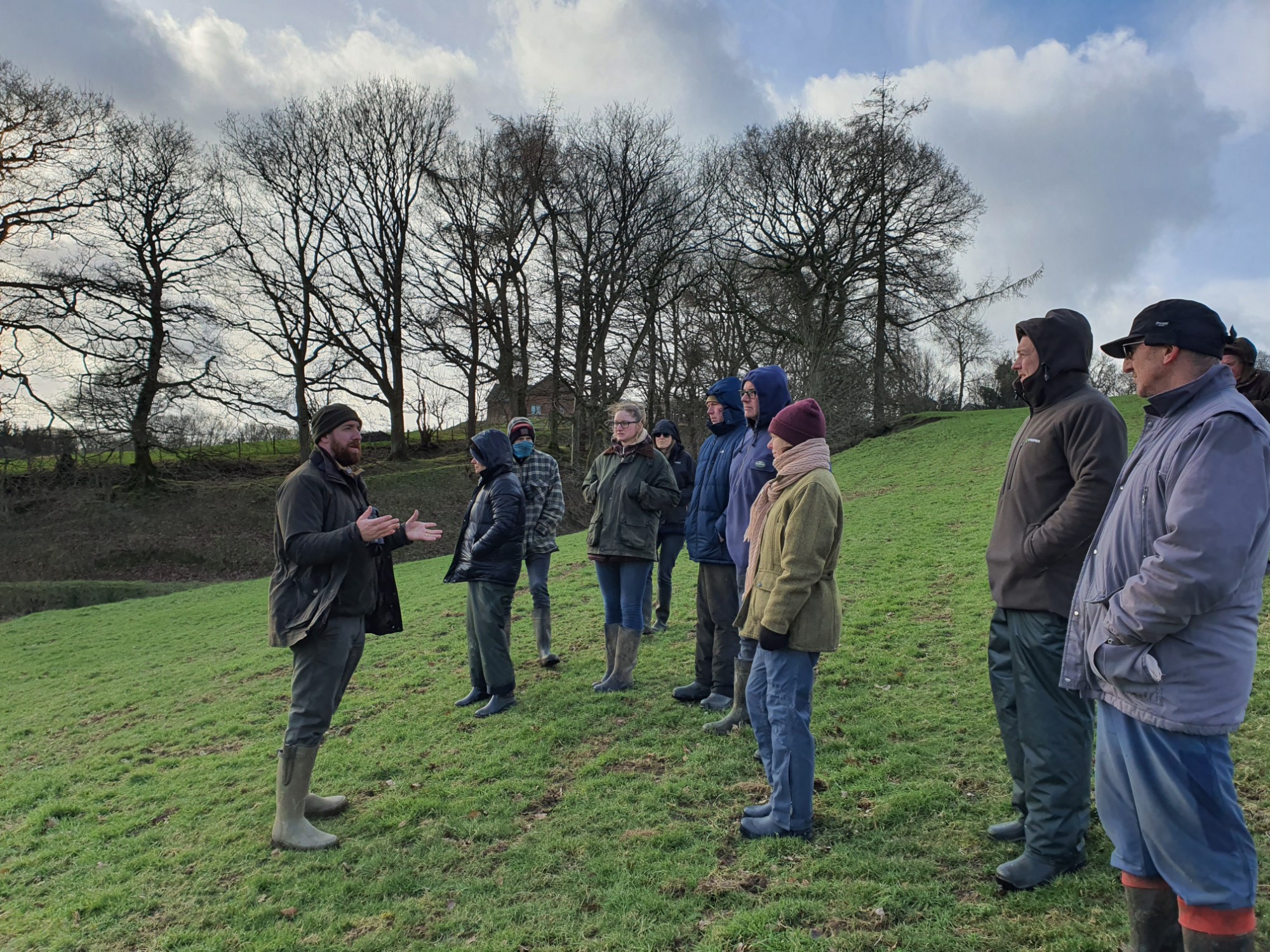 Farmers across Wales are embracing conservation work and aiming to increase biodiversity on their holdings. Many are actively providing habitats that will help reverse a decline in species, often without grant aid.
Farmers across Wales are embracing conservation work and aiming to increase biodiversity on their holdings. Many are actively providing habitats that will help reverse a decline in species, often without grant aid.
John and Sarah Yeomans, who farm at Llwyn y Brain, Adfa, Newtown, are committed to do what they can to ensure that food production works hand in hand with conservation and environmental goals, and hosted a Big Farmland Bird Count (BFBC) event to demonstrate what species they have on their farm.
The Yeomans family farm a fragmented upland and reclaimed hill unit of around 285 acres (115ha) running up to 1420 feet above sea level. They keep around 90 cows and replacement heifers, mainly Limousin and British Blue x alongside a flock of around 700 Beulah ewes and ewe lambs.
The family hosted the BFBC event with Matt Goodall from the Game and Wildlife Conservation Trust (GWCT) and were also joined by a number of neighbouring farmers, exploring ways to boost the variety of wild birds on their farm land.
John said: “A lot of farmers, by their nature, are already doing a lot of conservation work. With or without grants. The problem is not many people know about the good work that is being carried out by farmers, so I hope that in future farmers can be portrayed in a better light.”
“The aim of the Big Farmland Bird Count is to raise awareness of the great conservation work being done on farms across Wales and to also highlight what can be done to help farmland birds survive this difficult time of year so that the breeding populations are increased,” says Matt who wants to encourage Welsh farms to take part in the initiative.
Walking around the farm, the family count the different types of birds who call the trees, hedgerows and grassland at Llwyn y Brain, home.
“I think we’ve between 50 to 60 different species of bird here, including Lapwings, Hedge Sparrows, Tree Creepers and the Cockatiel in the front room who is in his third decade,” says John.
“But we’d like to do more work with the GWCT to work out how we can increase the number and ensure we have a healthy, thriving population here.
“Whatever we do though, we need to have a successful business to go with it. Livestock helps our grass grow, and they turn that into edible protein. Our sheep and cattle are part of the solution and I think it’s fair to say that healthy livestock positively contribute to biodiversity and conservation,” said John.
Keen to go a step further in their conservation efforts, the Yeomans family want to do more but fear that farmers sometimes aren’t given the right tools and information to achieve desired outcomes.
“An interesting Glastir option highlighted by Matt at the event, was installing bird feeding stations across the farm to help the birds survive over the winter. Annoyingly until today, I didn’t know you can add this to your Glastir plan - that has never been promoted to us. We would certainly have added that option to our environment scheme plan, had we known about it.
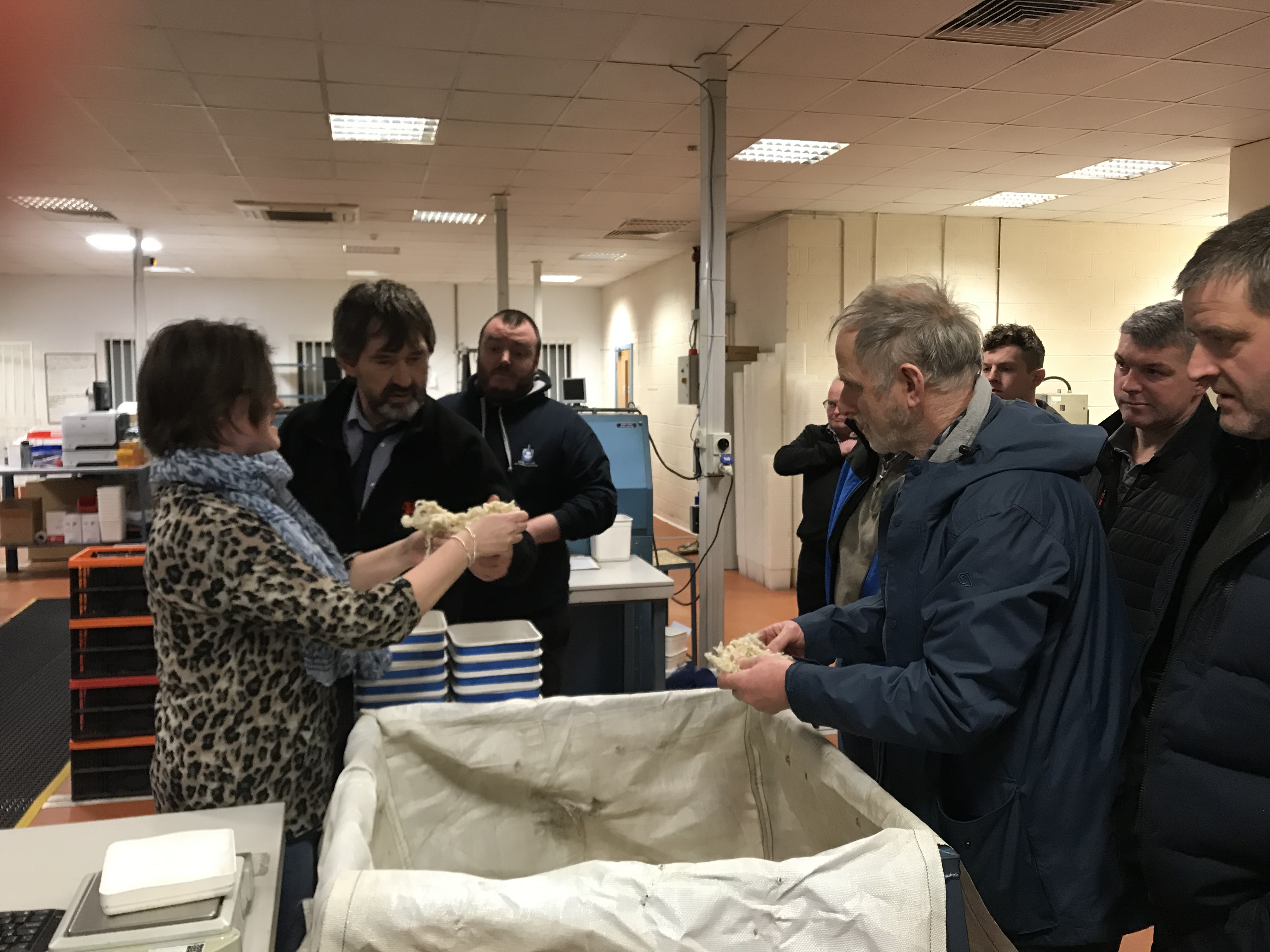 Farmers from Caernarfonshire got an insight into how wool is tested and analysed for quality, when they visited the Wool Testing Authority Europe Ltd. laboratory in Caernarfon. The company operates from the Cibyn Industrial Estate in Caernarfon, and tests wool from producers across Europe.
Farmers from Caernarfonshire got an insight into how wool is tested and analysed for quality, when they visited the Wool Testing Authority Europe Ltd. laboratory in Caernarfon. The company operates from the Cibyn Industrial Estate in Caernarfon, and tests wool from producers across Europe.

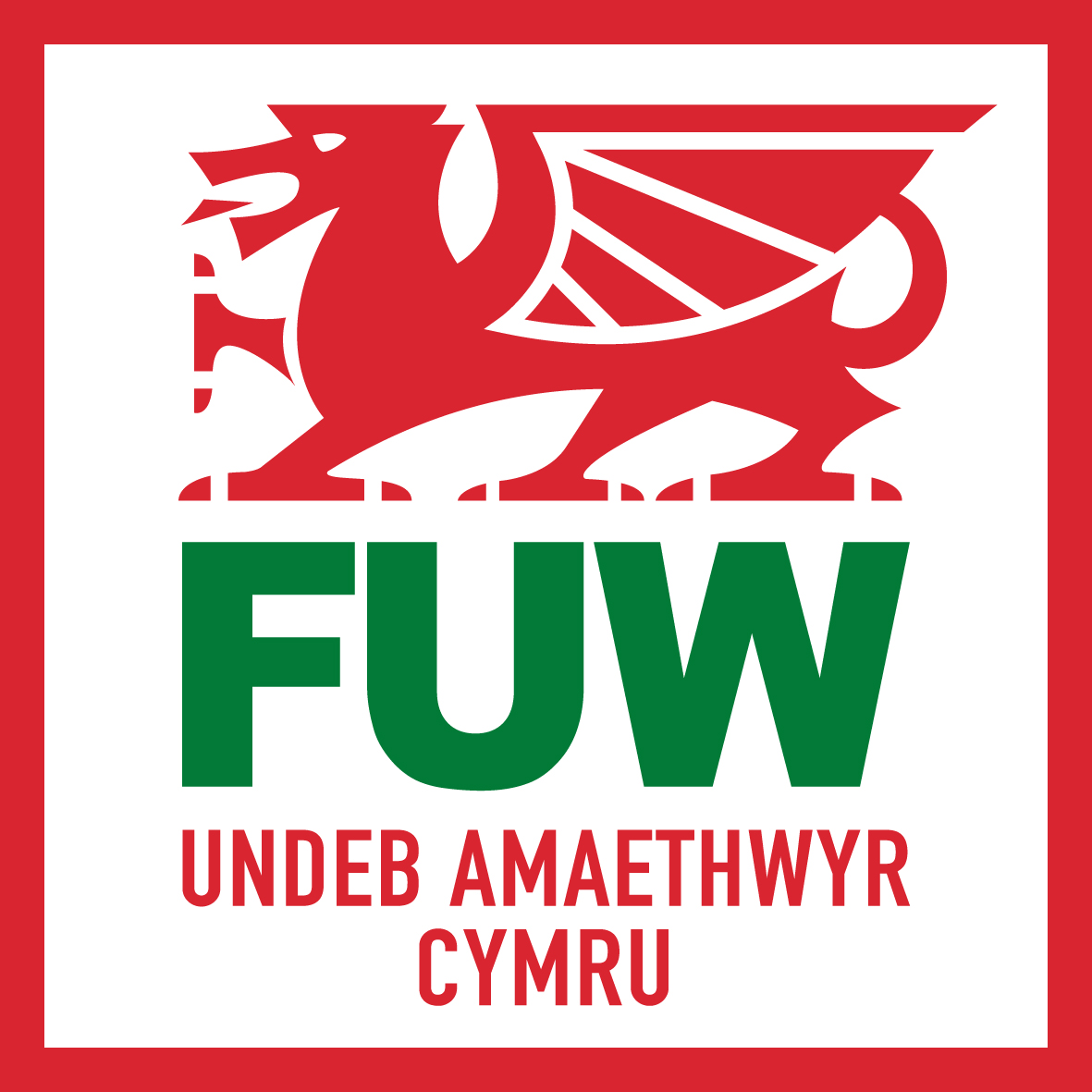
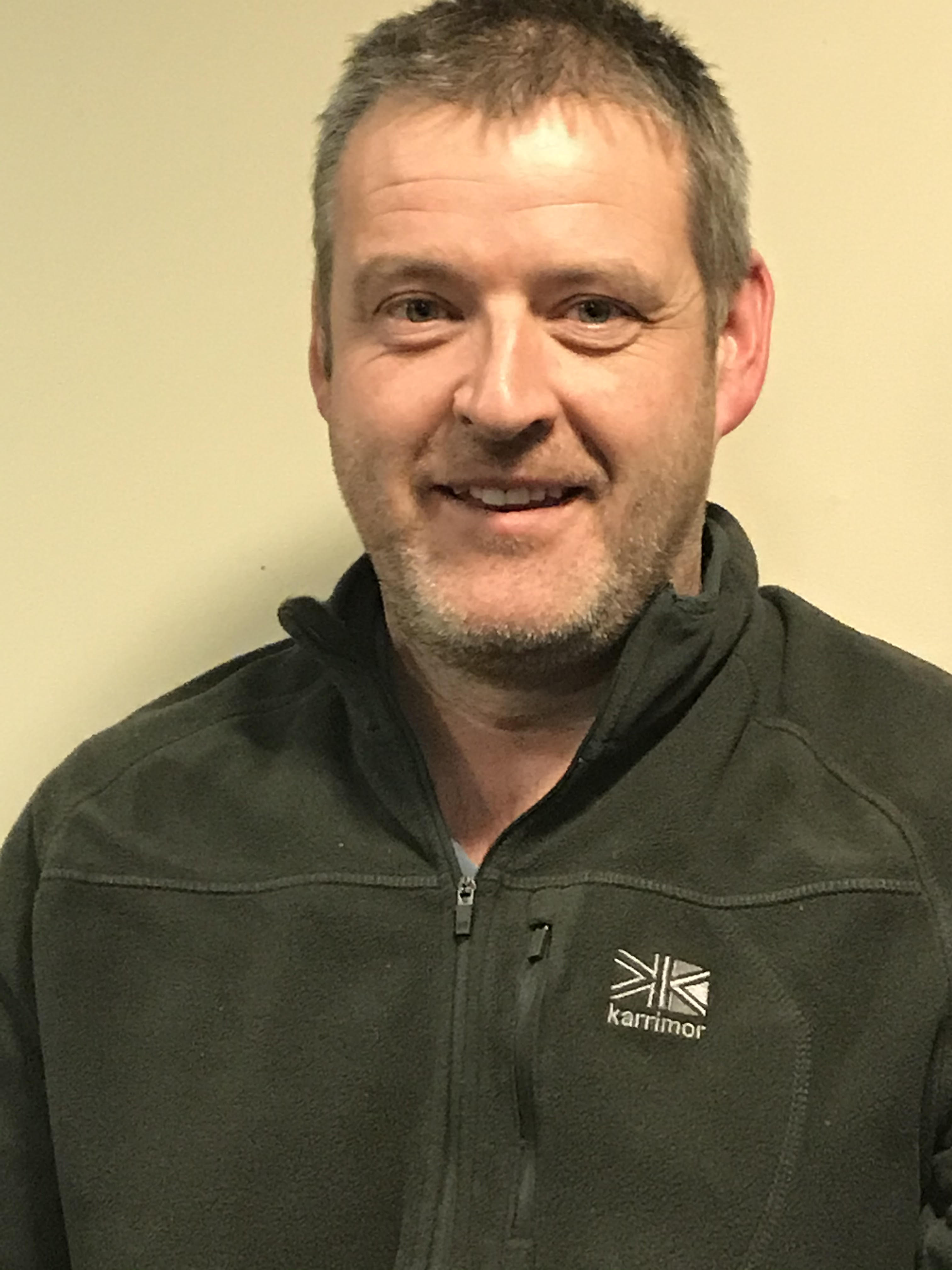 Farmers in Caernarfonshire have been urged not to join the long list of fatality statistics, and make their safety on farm a priority.
Farmers in Caernarfonshire have been urged not to join the long list of fatality statistics, and make their safety on farm a priority.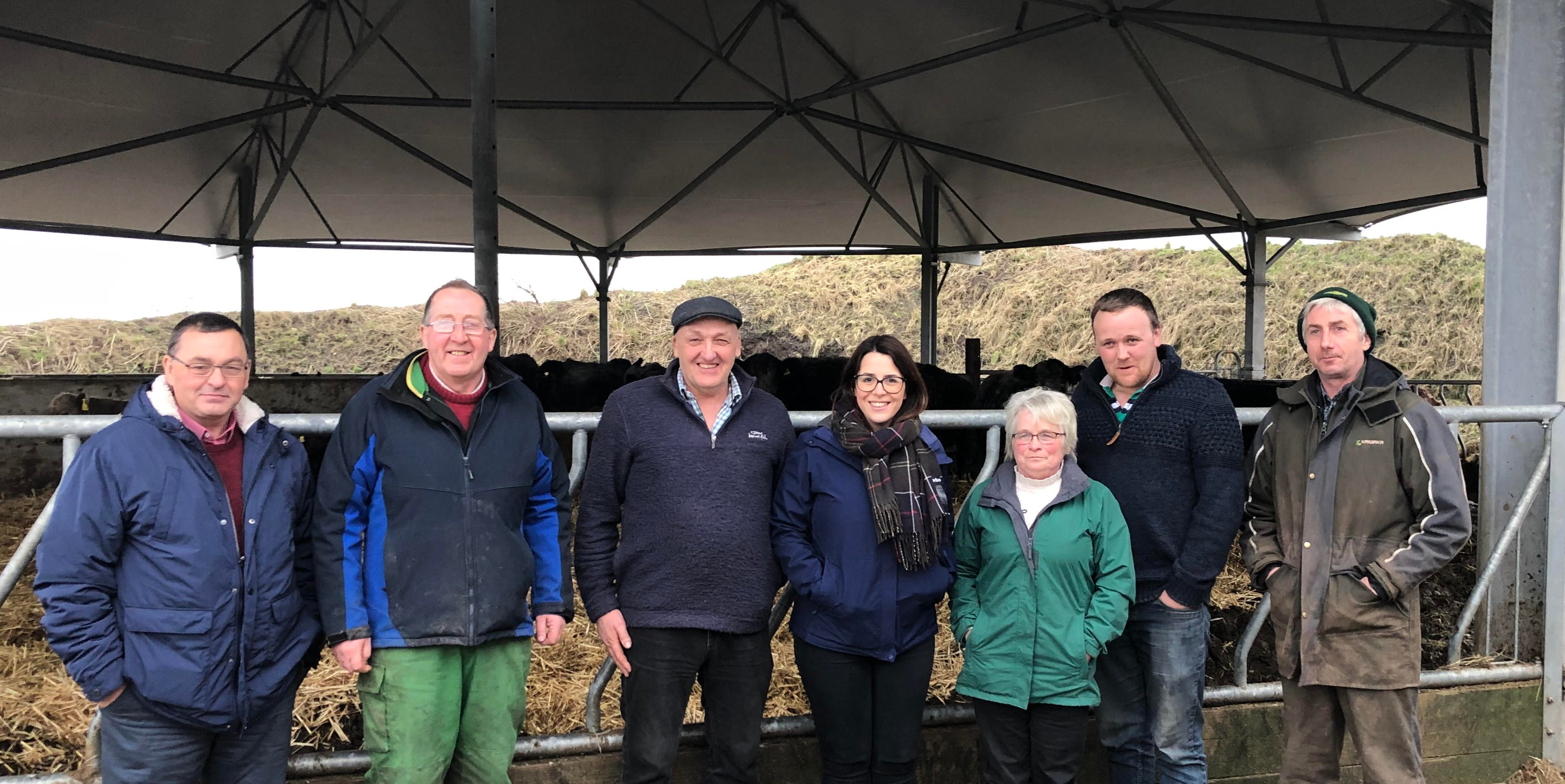 Farmers from Brecon and Radnor have highlighted their concerns about the future of farming during a recent farm visit in South East Wales.
Farmers from Brecon and Radnor have highlighted their concerns about the future of farming during a recent farm visit in South East Wales.  Farmers across Wales are embracing conservation work and aiming to increase biodiversity on their holdings. Many are actively providing habitats that will help reverse a decline in species, often without grant aid.
Farmers across Wales are embracing conservation work and aiming to increase biodiversity on their holdings. Many are actively providing habitats that will help reverse a decline in species, often without grant aid.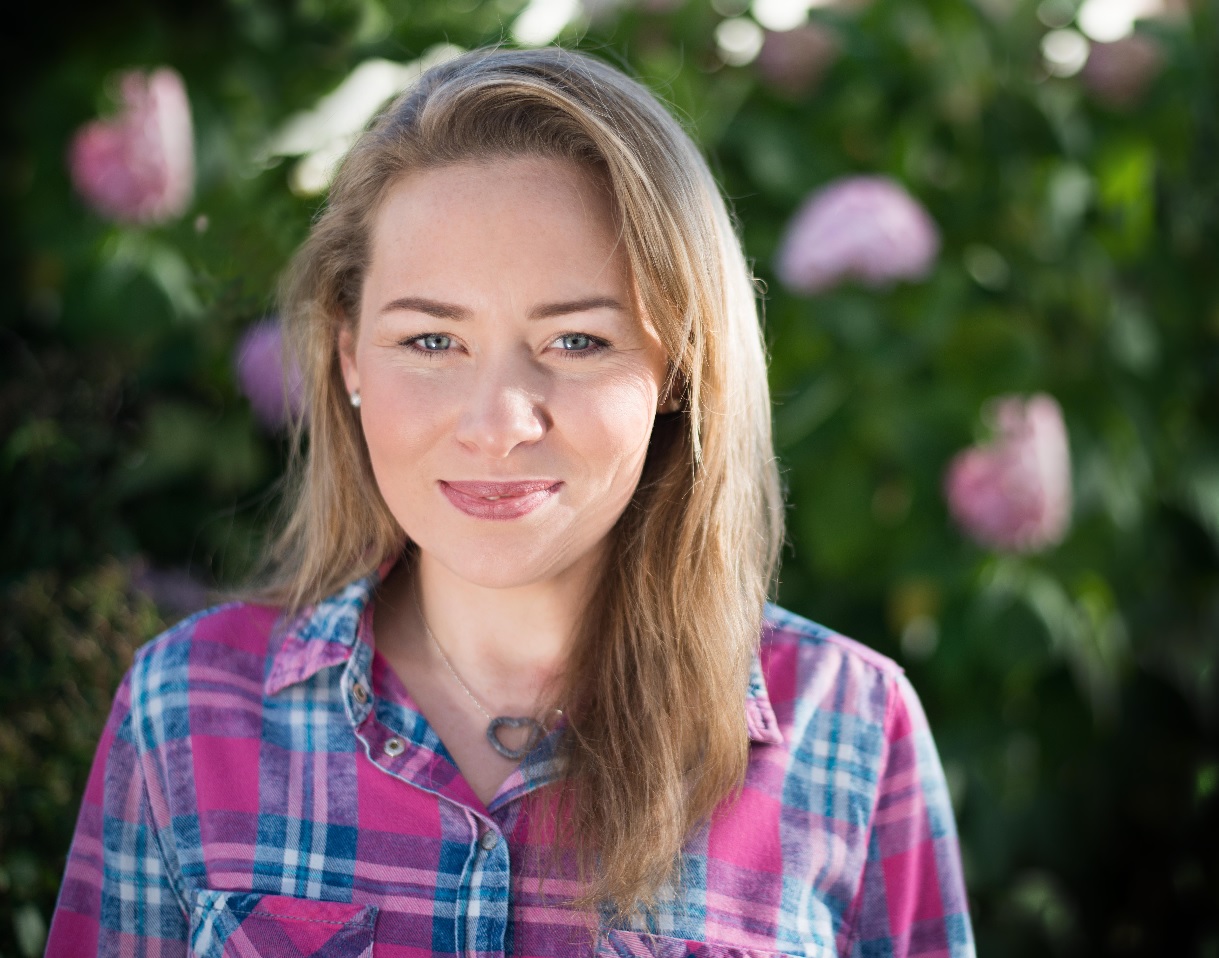 It’s that time of year again when we start thinking about Single Application Forms (SAF). The application window opens on Monday
It’s that time of year again when we start thinking about Single Application Forms (SAF). The application window opens on Monday